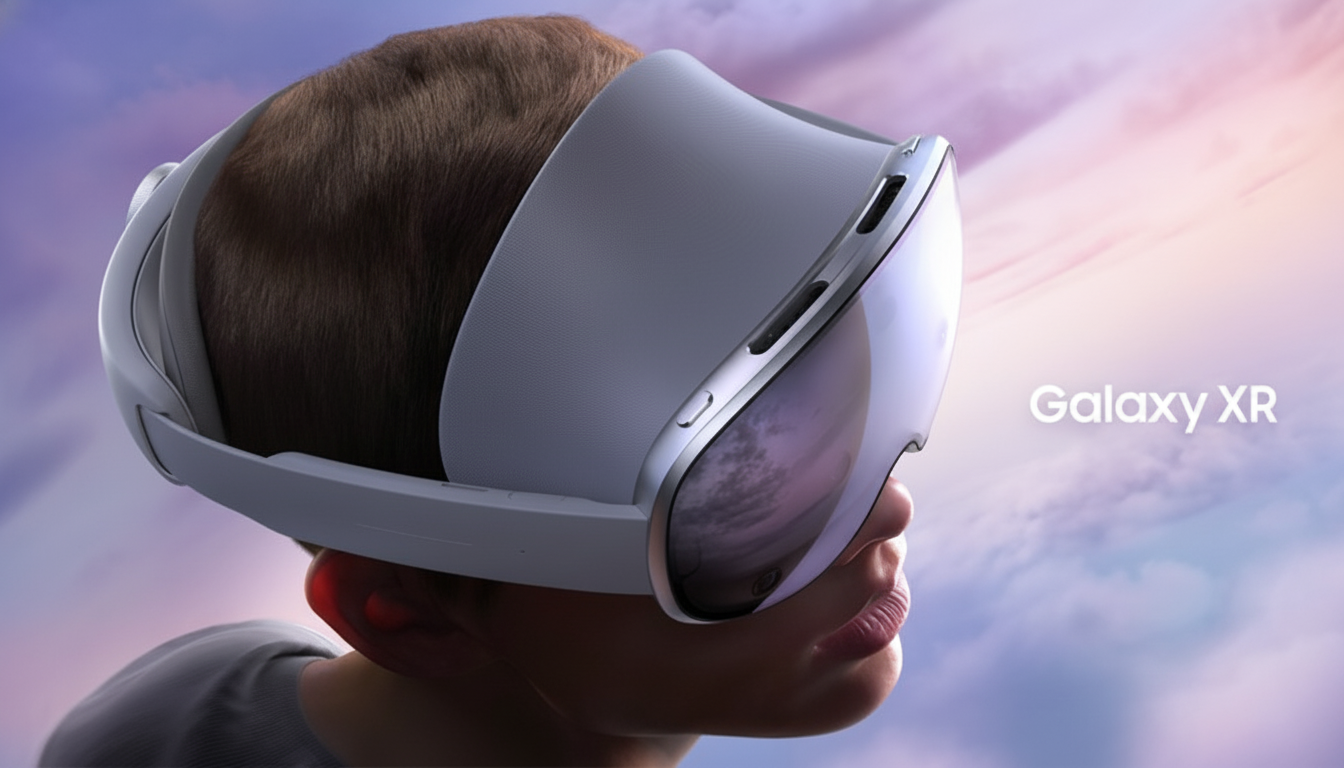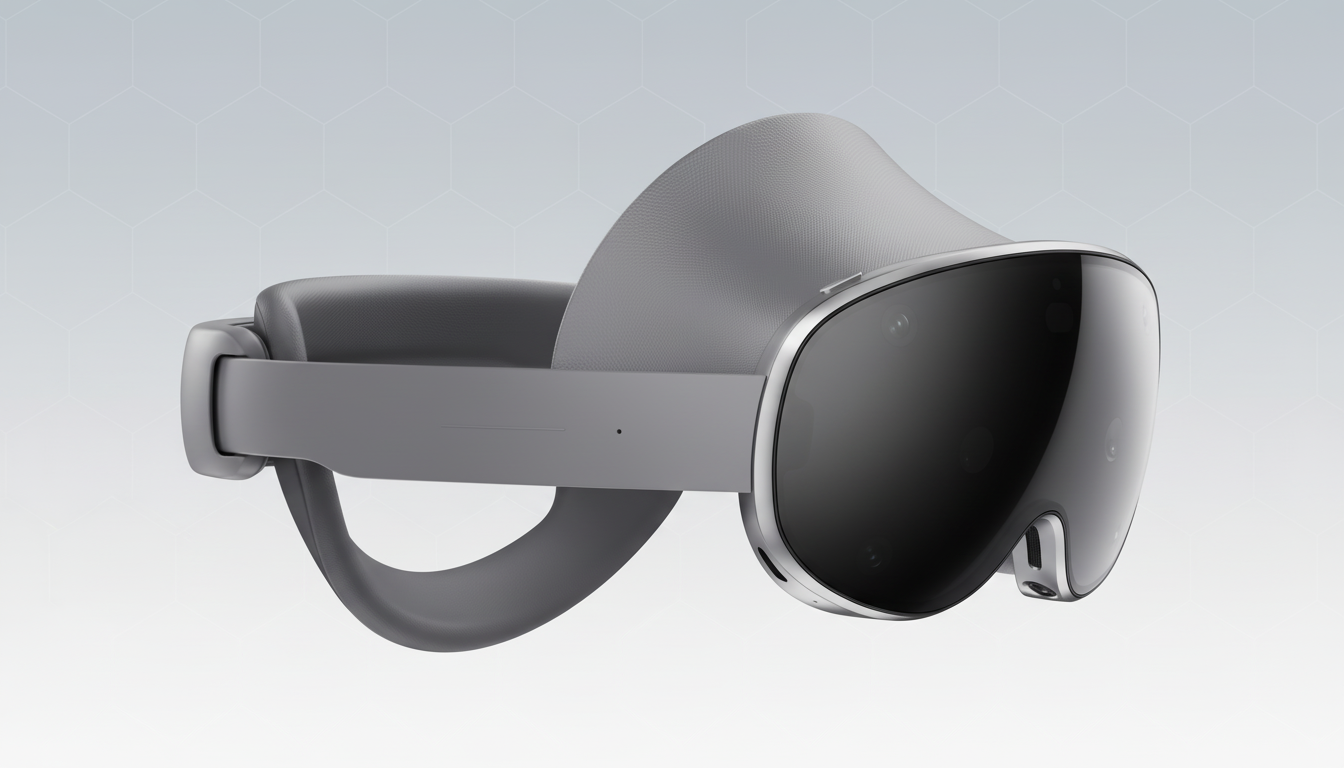Samsung’s new Galaxy XR comes a‑knocking to challenge Meta’s market hold, and the first thing that jumps out at you is the price discrepancy. The Galaxy XR is tailored for high-end mixed reality with its bleeding-edge parts, whereas Meta Quest 3 stays the mainstream pick that continues to ship units. Here’s how they compare on specs, price, and what those differences really mean in day-to-day use.
Price and value: how Galaxy XR and Quest 3 stack up
Samsung is pricing the Galaxy XR at $1,799, which puts it firmly in enthusiast turf. Meta Quest 3 starts at $499 for the 128GB version, with a version that has more storage available for an additional cost. The contrast looks even more pronounced when you consider inputs: Quest 3 comes with two Touch controllers in the box, while Galaxy XR is selling its dedicated controllers separately for $249. If adhering to a full-featured kit, the path with Samsung pushes total spend up to about four times that of Quest 3 at base.
- Price and value: how Galaxy XR and Quest 3 stack up
- Display and optics: panels, refresh rates, and FOV
- Performance and tracking: chips, memory, and cameras
- Input and ergonomics: controllers, hands, and comfort
- Software and ecosystem: platforms, apps, and services
- Bottom line: which headset is right for your needs

But value isn’t just a matter of price tags. It comes down to what you get in terms of performance, display quality, and software per dollar. In the past, Meta has taken an approach of subsidizing hardware to build its ecosystem. IDC has flagged Meta’s disproportionate slice of the global XR shipment pie over and over again, the end result of that value-first strategy. Samsung is placing a different bet: charge more initially, in exchange for better components and the support of Android XR’s platform promise.
Display and optics: panels, refresh rates, and FOV
Samsung packs dual micro‑OLED panels into the Galaxy XR at a resolution of 3552×3840 per eye, and with refresh rates of up to 90Hz. Meta Quest 3 is built on dual LCDs at 2064×2208 per eye, refreshing up to an astonishing 120Hz. On paper, that’s a big resolution edge for Samsung and the per‑pixel lighting of micro‑OLED can provide true blacks and more perceived contrast — very helpful for text readability and dark scenes or productivity views. The 120Hz option in Quest 3 can make fast-action games feel just slightly smoother, but not many apps maintain a constant rate of 120Hz.
Field of view also tilts modestly in Samsung’s favor: somewhere around 109 degrees horizontal and 100 vertical versus about 104 by 96 on Quest 3. That broader field of view can lead to greater immersion and less “scuba mask” edging. In the real world, lens design and distortion profiles are as important as raw FOV numbers, but Samsung’s spec sheet suggests a more panoramic feel.
Performance and tracking: chips, memory, and cameras
Under the bonnet, Galaxy XR is powered by Qualcomm’s Snapdragon XR2+ Gen 2 and comes with 16GB of RAM. Quest 3 is powered by Snapdragon XR2 Gen 2 and 8GB of RAM. The “Gen 2” platform employed by Qualcomm purports to offer big GPU/CPU gains over the previous generation, and the “+” model also typically offers higher sustained clocks due to better thermal headroom. The extra memory on Samsung’s headset should assist with high‑resolution rendering, complex scenes, and multitasking.
Tracking hardware also differs. Samsung has six motion‑tracking cameras to Quest 3’s four. An increased camera count can also decrease controller occlusion and make hand tracking more consistent by increasing the coverage area at the edges of your play space. Galaxy XR features eye tracking and iris authentication, paving the way for foveated rendering and gaze‑based UI. Quest 3 doesn’t have built‑in eye tracking, relying on precision of the controllers and established hand tracking to help keep interactions snappy.
It’s just about a draw when it comes to battery life. Samsung claims 2 hours of talking and up to 2.5 hours of video playback. Meta estimates Quest 3 at approximately 2.2 hours with some variation depending on workload. Heavy-duty gaming and mixed reality passthrough will reduce those numbers on both headsets.

Input and ergonomics: controllers, hands, and comfort
Both headsets are enabled out of the gate for controller‑free hand tracking, but the experiences fork when you reach for a physical input. Quest 3 includes its Touch Plus controllers — for now — analog sticks, buttons, haptics — out of the box and good to go with top titles like Asgard’s Wrath 2 and rhythm staples. Galaxy XR’s optional controllers are an additional expense that will guide eager early adopters toward hand‑and‑gaze input. With eye‑tracking, Samsung has provided gaze‑and‑pinch navigation that feels natural for navigating menus and controlling productivity apps (while many games will still prefer physical controls).
Slight edge in weight: roughly 545g for Galaxy XR, around 515g for Quest 3. Fit, facial interface material, and strap design are going to be more of a factor when it comes to comfort than raw numbers, but lighter gear generally matters for longer sessions.
Software and ecosystem: platforms, apps, and services
Galaxy XR is powered by Android XR, the spatial computing platform that Google talks more about at its developer conference, in collaboration with Samsung and Qualcomm as core partners. Presumably, that would mean more of the Android services folks are used to, multi‑app experiences, and a wider developer funnel. The immediate disclaimer is content: it’s going to take a while for a decent spread of must‑have apps and games to populate its store.
Meta Quest 3 also operates Meta’s XR OS with a robust store and cadence of releases. Features such as Roblox integration; beyond gaming, apps can include productivity tools and fitness apps, plus partnerships with Microsoft for services such as Xbox Cloud Gaming help Quest get ahead. That deep catalog and aggressive pricing have kept Meta competitive in the market, industry trackers often say.
Bottom line: which headset is right for your needs
Galaxy XR is a premium lineup for state‑of‑the‑art displays, eye tracking, and next‑gen silicon. If you prize micro‑OLED clarity, a wider FOV, and gaze‑driven interfaces — and if you don’t mind a few early‑ecosystem trade-offs, then it’s the forward‑leaning choice. For most consumers, Quest 3 is still the pragmatic recommendation: a far lower price, with controllers bundled in, a well-established content library, and refresh headroom up to 120Hz.
In other words, Samsung’s targeting enthusiasts, early adopters, and what-have-you who want some high‑end hardware, while Meta keeps the mainstream square in its crosshairs. Your decision will ride on where you place a premium — whether on unrivaled display fidelity, eye tracking, and the potential for endless future apps to pick from, or on value and a mature app ecosystem that works brilliantly right now.

